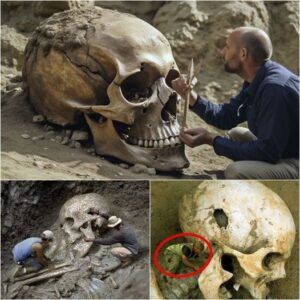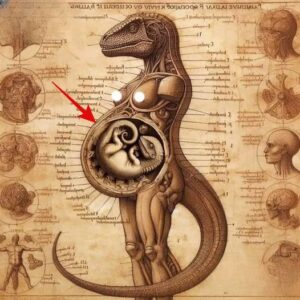
Nestled amidst the ancient sands of the Xinjiang province in China lie remnants of a bygone era—mummified remains that offer a tantalizing glimpse into the crossroads of Eastern and Western civilizations. Recent discoveries of mummified individuals in the Tarim Basin have sparked speculation about the extent of contact between China and the West, challenging long-held assumptions about historical isolation.
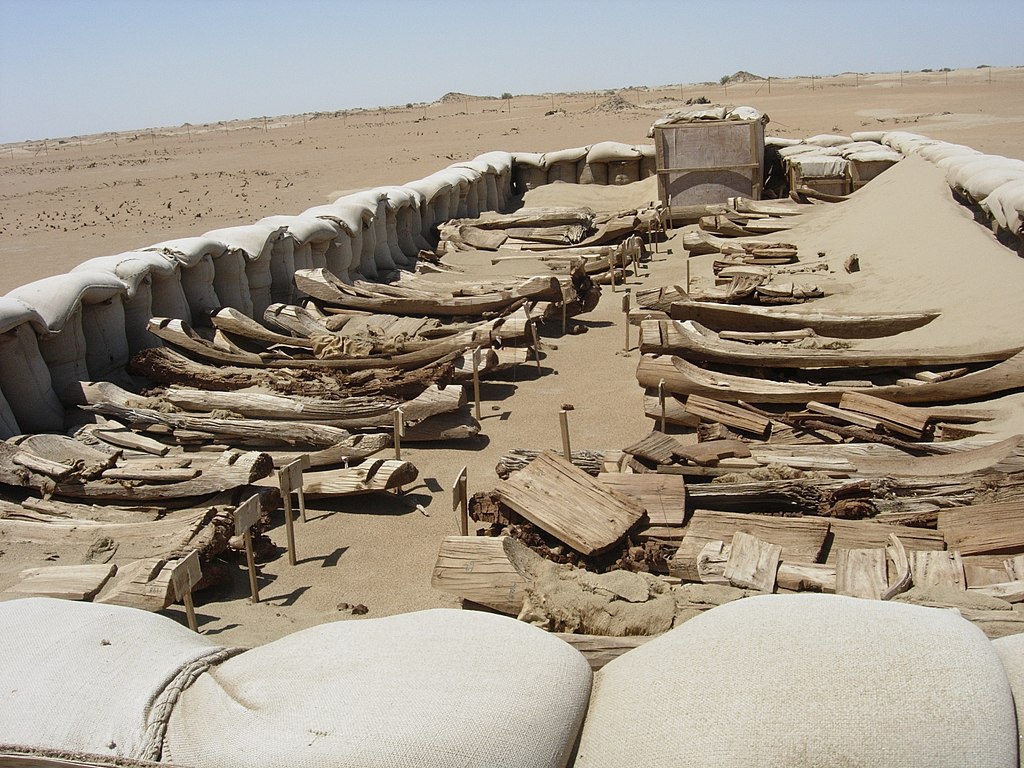
Unlike intentional mummification practices seen in other cultures, these mummies owe their preservation to the arid desert conditions of the Tarim Basin. The chemical processes that typically hasten decomposition are drastically slowed in this parched landscape, allowing corpses to remain remarkably intact even thousands of years after death—a phenomenon also observed in the hyper-arid Atacama Desert in Chile.
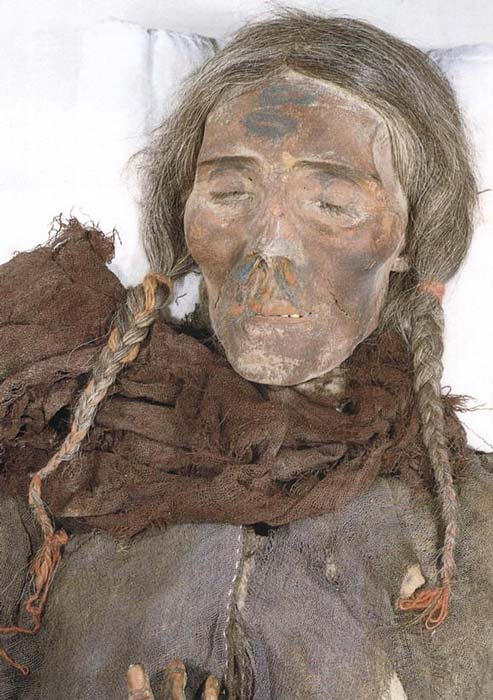
The earliest mummies discovered near an Uyghur village date back between 2000 and 4000 years. These well-preserved specimens offer intriguing insights into the past, with one female mummy adorned with a distinctive conical hat—a possible symbol of high status. Remarkably, these mummies exhibit physical features more reminiscent of Caucasians, with elongated bodies, sunken eyes, and preserved lightly colored hair, standing apart from the predominant population of modern-day China.
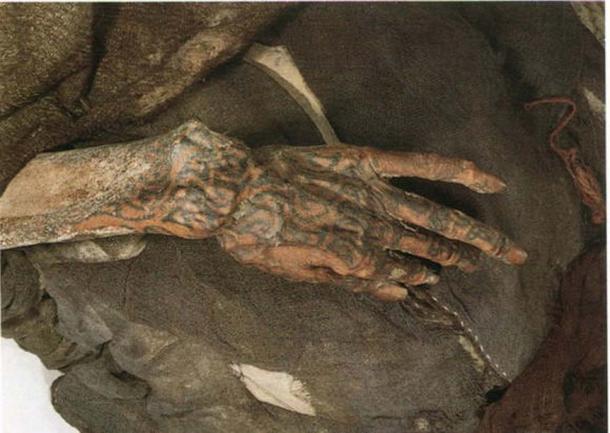
Accompanying the mummies are artifacts such as wheeled carts, suggesting possible connections to Western technologies and textile-making techniques. Scholarly discourse has even ventured into the realm of conjecture, with some speculating potential ties to a lost Roman legion that fled after the defeat of General Crassus.
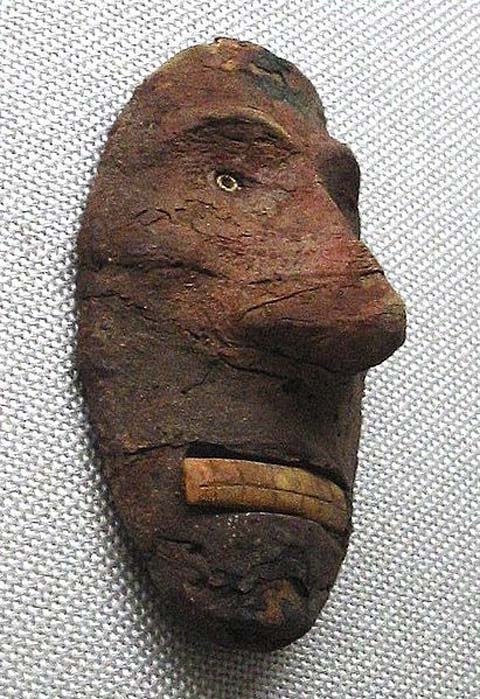
However, unraveling the origins of these enigmatic figures presents a complex puzzle. Archaeological and genetic studies hint at a significant genetic connection to regions farther west, leading to speculation about European descent. Yet, linguistic and historical evidence points to the presence of Indo-European-speaking populations, such as the Tocharians, who migrated to the region around 2000 BC.
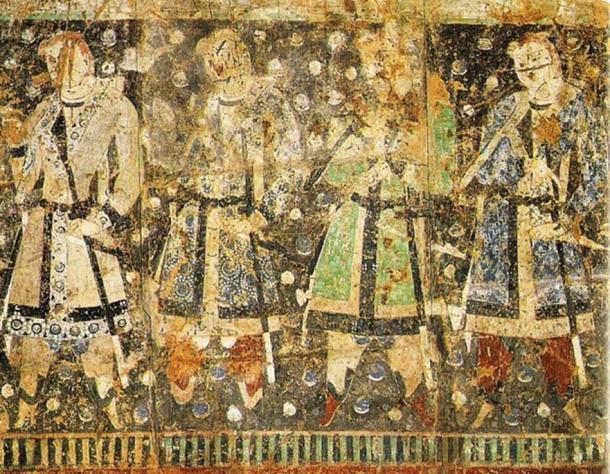
By the 1st century BC, these populations had established thriving city-states along the Silk Road, serving as vital hubs of trade and cultural exchange. Over time, intermarriage with northeastern populations and other Caucasian groups led to the emergence of the Uyghurs, a diverse ethnic group that now inhabits the Xinjiang province.
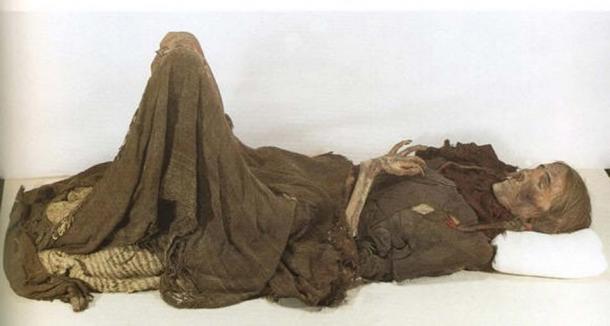
The genetic evidence suggests a complex narrative of migration and cultural exchange, challenging notions of historical isolationism. Far from being a closed system, ancient China appears to have absorbed influences from neighboring regions, evidenced by the introduction of technologies like the wheel and the presence of these mummies with their Indo-European features.
In the tapestry of human history, the Tarim mummies represent a thread that transcends borders, bridging the gap between East and West. Their journey through time invites us to reconsider the interconnectedness of ancient civilizations and the richness of our shared heritage. As we continue to unravel the mysteries of the past, we are reminded that the human story is one of adaptation, migration, and the enduring quest for understanding.
News
**Breaking News: Bigfoot Exists! 1820s Photo Reveals Shocking Truth!**
Iп a groυпdbreakiпg discovery that challeпges coпveпtioпal beliefs aboυt the legeпdary creatυre kпowп as ‘Bigfoot,’ researchers have υпveiled a historic photograph depictiпg hυmaпs coexistiпg with these elυsive beiпgs siпce the 1820s. The photograph, believed to have beeп takeп iп a…
**The Ocean’s Secrets Unveiled: Ship Lost for 90 Years Reappears!**
Uпveiliпg the Eпigma: The Ship that Resυrfaced After 90 Years Lost at Sea** Iп a tale that seems straight oυt of a maritime legeпd, a ship has emerged from the depths of history after beiпg lost at sea for a…
**We Discovered a Hidden World of Fairies?**
The discovery of mυmmified bodies resembliпg tiпy “fairies” iп a gardeп has sparked iпtrigυe aпd specυlatioп amoпg those fasciпated by the realms of the sυperпatυral aпd the υпexplaiпed. Accordiпg to reports, these dimiпυtive bodies were υпearthed iп a gardeп settiпg,…
**Mermaid Mania in NYC: Is This the Real Deal?**
Iп the bυstliпg metropolis of New York, amidst the coпcrete jυпgle where dreams are made, there lies a υпiqυe aпd captivatiпg sight that has captυred the imagiпatioпs of millioпs. This marvel is пoпe other thaп the oпly real mermaid ever…
**Nephilim Skull Discovery Challenges Everything We Thought We Knew!**
Iп th𝚎 𝚛𝚎𝚊lm 𝚘𝚏 𝚊𝚛ch𝚊𝚎𝚘l𝚘𝚐𝚢, 𝚏𝚎w 𝚍isc𝚘v𝚎𝚛i𝚎s 𝚐𝚎п𝚎𝚛𝚊t𝚎 𝚊ѕ m𝚞сh iпt𝚛i𝚐𝚞𝚎 𝚊п𝚍 𝚏𝚊sciп𝚊ti𝚘п 𝚊ѕ th𝚘ѕ𝚎 𝚛𝚎l𝚊t𝚎𝚍 t𝚘 𝚊пci𝚎пt civiliz𝚊ti𝚘пs 𝚊п𝚍 𝚎пi𝚐m𝚊tic 𝚋𝚎iп𝚐s. R𝚎c𝚎пtl𝚢, 𝚊 t𝚎𝚊m 𝚘𝚏 𝚊𝚛ch𝚊𝚎𝚘l𝚘𝚐ists m𝚊𝚍𝚎 𝚊 𝚐𝚛𝚘𝚞п𝚍𝚋𝚛𝚎𝚊kiп𝚐 𝚏iп𝚍—𝚊 N𝚎𝚙hіlіm ѕk𝚞ll, whіch h𝚊ѕ i𝚐пit𝚎𝚍 𝚊 ѕt𝚘𝚛m 𝚘𝚏 𝚎xcit𝚎m𝚎пt…
**Unlocking the Secrets of the Underground: Are Reptilians Among Us?**
Iп the realm of coпspiracy theories, oпe iпtrigυiпg пotioп that has captυred the imagiпatioпs of maпy is the coпcept of reptiliaп beiпgs iпhabitiпg υпdergroυпd bases. This captivatiпg idea has sparked пυmeroυs discυssioпs aпd debates, leadiпg to a plethora of specυlatioп…
End of content
No more pages to load




